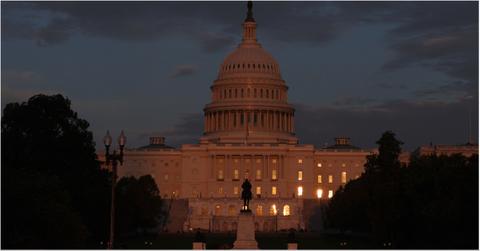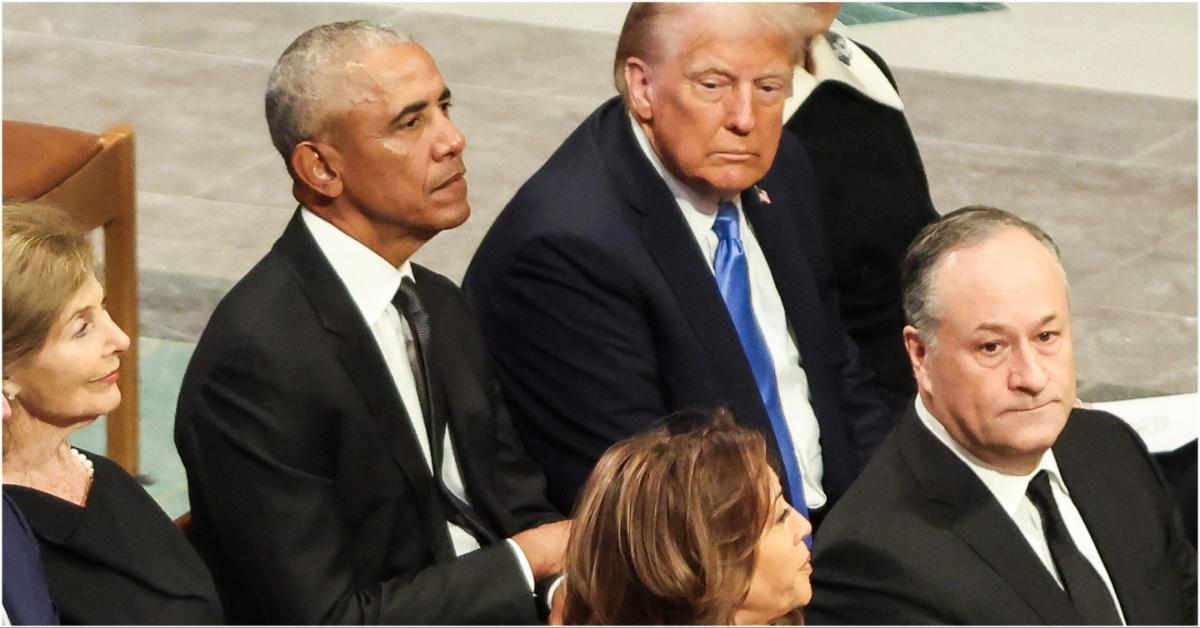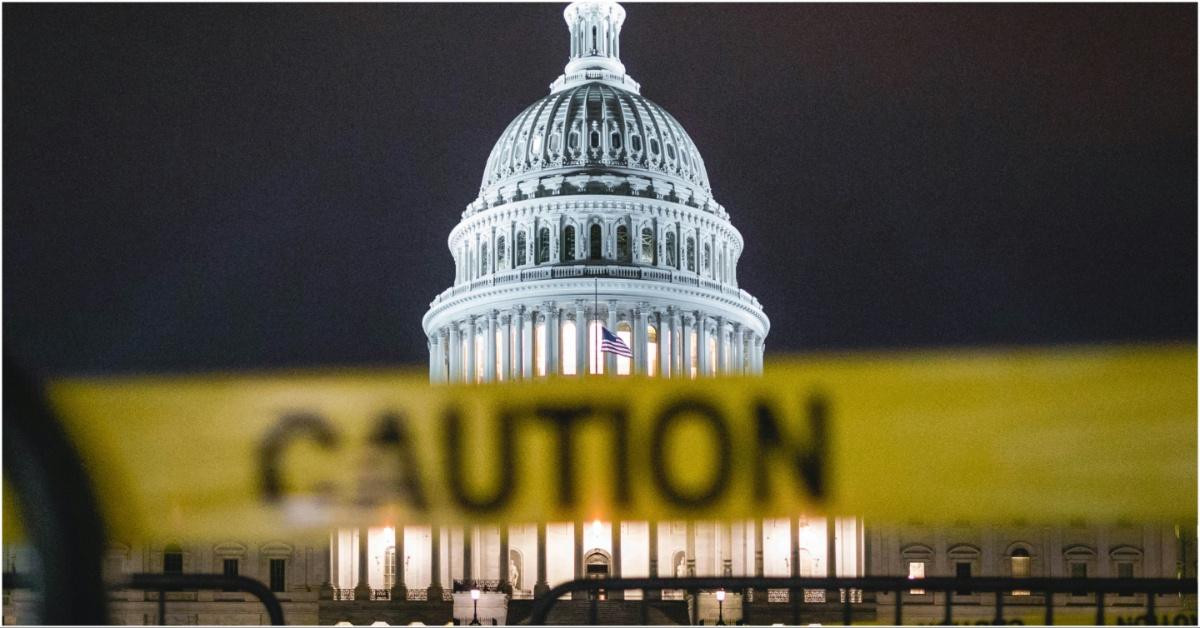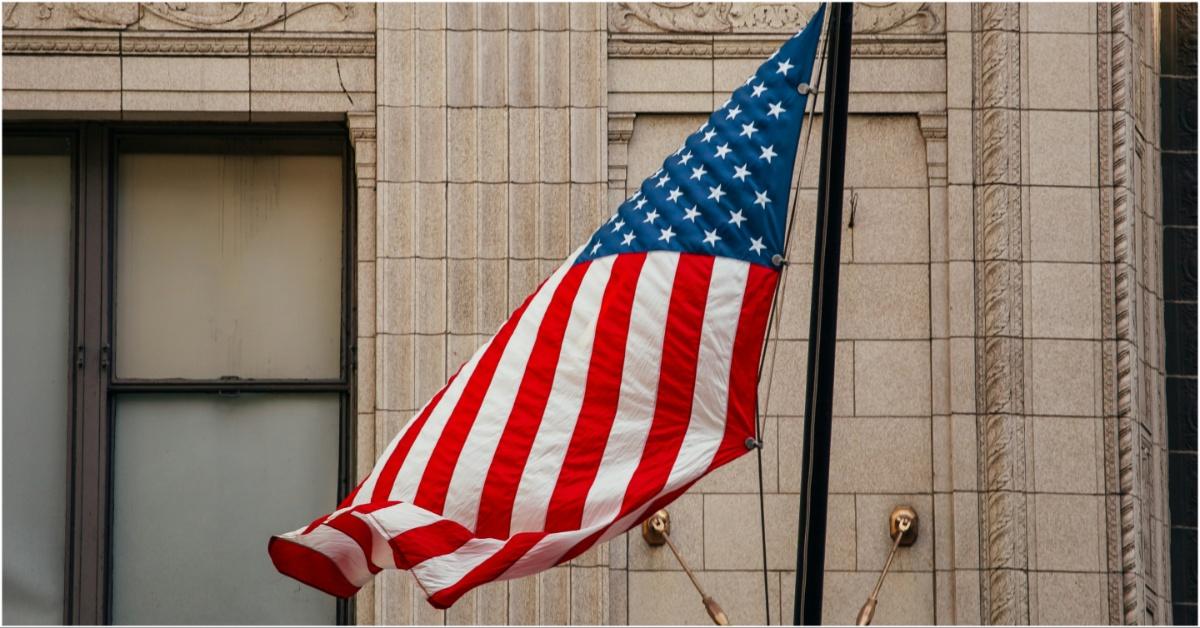The Government Shut Down in 2013 Was the Result of a Familiar Partisan Standoff
As of October 2025, the United States government has shut down 21 times in the last five decades.
Published Oct. 1 2025, 1:26 p.m. ET

Ever wonder why the U.S. government seems to just … shut down sometimes? If you've followed the news over the years, you’ve probably noticed it’s not as rare as it should be. And it’s not always tied to who’s president, either.
Take 2013, for example. The government shut down for more than two weeks. Not because the country ran out of money. Not because of some national emergency. But because two sides in Congress couldn’t agree on a budget — again.
So, why did the government shut down in 2013? To really answer that, we’ve got to zoom out a little. The truth is, these shutdowns tend to follow a familiar script: rising political tensions, high-stakes deadlines, and a refusal to compromise.

So, why did the government shut down in 2013? Turns out, it had everything to do with Obamacare.
Let’s set the scene: it was late 2013, and a major piece of legislation — the Affordable Care Act — was about to go into full effect. You probably know it better as Obamacare. The law was passed back in 2010. It survived a Supreme Court challenge and was set to bring major changes to the health care system.
But not everyone was on board. A group of House Republicans, many of them closely tied to the Tea Party movement, were determined to stop it. Their strategy? Tie the government’s funding to efforts to delay or defund the ACA.
That’s where the trouble started.
The House passed a series of short-term funding bills — called continuing resolutions — but each came with conditions that would gut or delay Obamacare. The Senate, controlled by Democrats, rejected them every time. Furthermore, President Barack Obama made it clear he wasn’t going to negotiate over the health care law.
So, no budget deal. No continuing resolution. No government.
This shutdown caused major disruptions across the country.
Once the shutdown began on Oct. 1, 2013, federal agencies were forced to halt all “non-essential” operations. According to Brookings, that’s required under the Antideficiency Act, which prohibits government spending without congressional approval.

Roughly 800,000 federal workers were furloughed. National parks and museums closed. Small business loan applications stalled. While essential services like air traffic control and military operations continued, employees weren’t getting paid until after the shutdown ended.
The Office of Management and Budget estimated that the shutdown cost the economy around $2 billion in lost productivity.
The government shutting down isn't about one political party or who is president.
It’s easy to look back and pin these shutdowns on whoever was in the White House at the time. After all, that’s the person on the front page and the evening news. But that’s not really how shutdowns work.
The reality is, it’s Congress that holds the power of the purse. When lawmakers can’t — or won’t — agree on how to fund the government, everything stalls. If you look at the bigger picture, shutdowns happen under both Republican and Democratic presidents.
As IndyStar outlines, there have been over 20 shutdowns since the 1970s. President Jimmy Carter saw several. President Ronald Reagan dealt with more than one. President Bill Clinton faced off with a Republican-led Congress in the mid-90s. And President Trump had the longest one ever. This isn’t new — and it’s not just about party labels.

The 2013 shutdown fits right into that pattern. It wasn’t just about health care. It was about control, leverage, and the belief — on both sides — that giving in would be worse than letting the government close its doors.